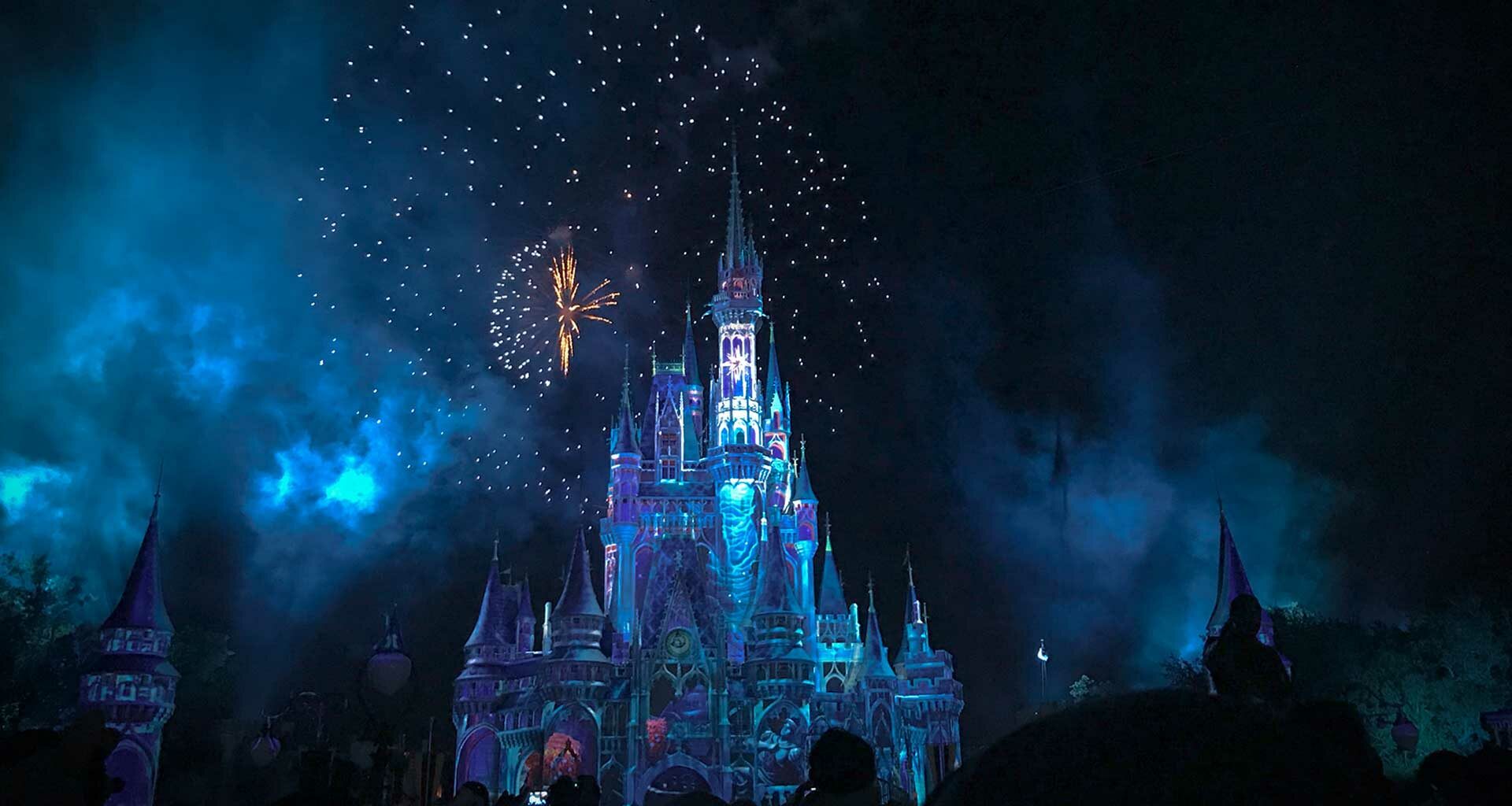Brands better able to meet consumer expectations are six times more likely to have consumers think better of the brand.
Get in the Wayback Machine with me. That’s a “Rocky & Bullwinkle” reference. Mr. Peabody, an anthropomorphic dog and his boy, Sherman, use it to go back in history. They’d enter a date, get in the Wayback, and walk out into the past. If you expected special effects, you’d have been disappointed. Simpler times, people. With vastly lower expectations when it came to cartoon animation. And TV. And pretty much everything else.
On this trip we’re going back 68 years to Monday, October 3rd 1955. 4:55 PM. To sit in front of a Dumont black-and-white TV. What we’re expecting to see is the premiere of “The Mickey Mouse Club.” The show was hosted by Jimmie Dodd, who wrote the Mickey Mouse Club March (“Who’s the leader of the club that’s made for you and me? M-I-C-K-E-Y — M-O-U-S-E!”). Over the 4-year run, 24 Mouseketeers (including Annette Funicello) performed skits, songs, introduced guest stars, Disney cartoons, and serialized episodes of shows like “The Hardy Boys.”
Mr. Dodd and the Mouseketeers were assisted by “Big Mouseketeer,” Roy Williams, a Disney staff artist. Nice guy. Also the person who designed the Mickey Mouse ears worn by the cast members, currently retailing for $37.95 or available as a headband for $34.99. That’s worth noting because Disney is the #1 licensing brand in the world. About $58 billion’s worth of #1. So, corporate and shareholder expectations are pretty much met on that score.
I mention all that for two reasons. Expectations are sky-high these days, and Disney+ was #1 in the Online Video Streaming category in our 2023 Customer Loyalty Engagement Index. To do that, you have to be better than the competition at meeting expectations consumers hold for their Category Ideal. Being #1 is good news for a brand for several reasons.
It means more viewers, higher viewer satisfactions, better viewer CX engagement, and much better viewer loyalty. Because the degree a brand meets the expectations consumers hold for their category Ideal definitively answers the question, “How well does the brand deliver on what consumers really desire?” What they desire – the embodiment of real expectations – ends up being mostly-emotional. Oh, and are really hard to identify. But it can be done.
And done right! Our survey assessments identify real expectations, which correlate very highly (0.80) with consumer behavior and brand involvement. So, it’s axiomatic: the better a brand meets expectations, the better consumers will behave toward that brand. For example, consumers selecting an entertainment resort complex to visit – turns out Disney World is the most-visited theme park in the world. Number 2? Disneyland.
Meeting expectations better means better behavior, better behavior means better sales, better sales. . . well, you get the logical flow. Disney revenue for 2022 was $84.5B, up 16% YOY. Disney is the 5th most-valuable media brand, the 7th most-valuable brand in the world ($61B, +18% YOY), and has one of the highest brand awareness levels in the United States (94%). So, expectations and high correlations unquestionably check out! When it comes to expectations and brand loyalty and engagement, there’s one more piece of good news.
It’s called The Rule of Six. It’s comprised of nine, independently-validated brand corollaries. Like, “Brands better able to meet consumer expectations are six times more likely to have customers use the brand more and more often.” And “Brands better able to meet consumer expectations are six times more likely to have consumers think better of the brand.” There are seven others like those.
But in this instance, I want to focus on the one about how consumers are six times more likely to resist price-based offers, which has a few configurations of its own. Like they’re six times more likely to resist competitive appeals, especially price-based offers. Or they’re not going to balk at a price increase for your brand at a multiple of six. Because the brand does better meet their expectations – that’s how The Rule of Six works. Always. How am I so sure? Well, we’ve seen it before. And nothing’s better than a real marketplace test, so here’s it is:
Disney+ raised their price 38% as part of its launch of an ad-supported streaming offer. When they did, 94% of subscribers to the old, ad-free Disney+ service stayed with the service. At a higher price point! According to media analysts, the Disney+ ad-supported product, at the higher price point, also grew faster in its first three months than Netflix and HBO-Max. You can’t do that if you’re not doing something right about viewer expectations.
And the Wayback Machine and our trip to 1955? Don’t forget the past. Just keep learning from it. Sticking with the Disney theme (and a little appropriation of Jimmie Dodd’s melody and lyrics), a small reminder of what brands ought to do. Feel free to hum if you want:
If you want a #1 brand,
Meet this again and again,
E-X-P
E-C-T
A-T-I-O-N
Photo by Jayme McColgan on Unsplash











